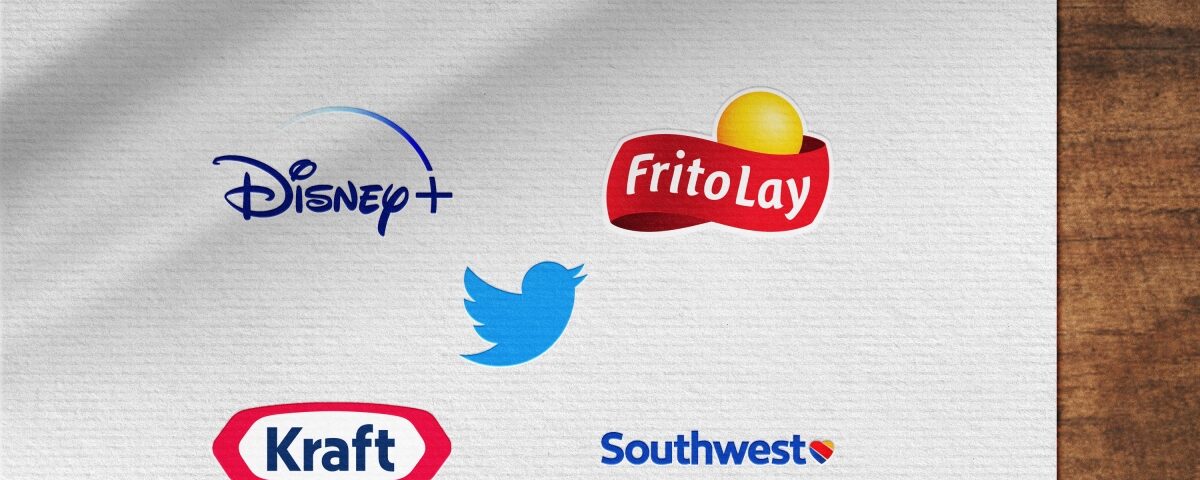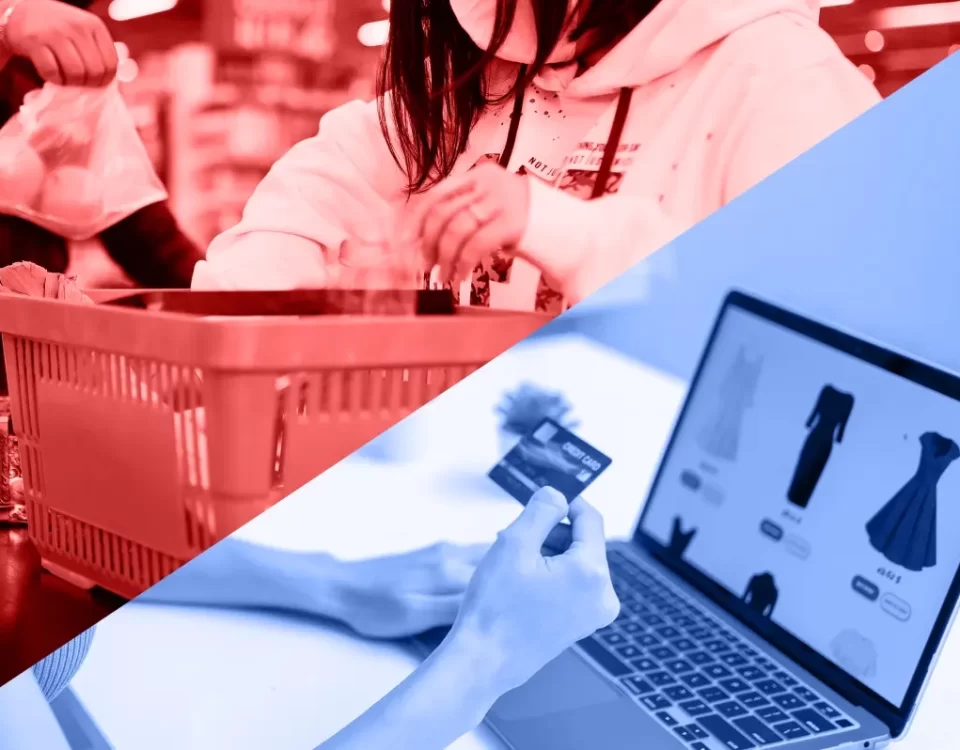How Focus Groups Influenced These Top 5 Companies

Top 6 Brands that Depend on Market Research
June 1, 2023
How Market Research Revolutionized the Game of Cricket
June 14, 2023Understanding and meeting customers’ needs is fundamental to running a successful business. Companies often turn to market research techniques such as focus groups to achieve this. These moderated discussions with selected consumers provide valuable insights into purchasing habits, product feedback, and perceptions of value.
Here are some major companies that have utilized focus groups in ways that significantly impacted their business.
Twitter we know it today, differs from its original purpose as a podcast-sharing platform. Founders Biz Stone and Evan Williams noticed the potential for podcasts to become popular and planned to develop a platform centered on them. However, Apple beat them to the market by adding podcast capability to iTunes in the same year. Despite this setback, Stone and Williams continued to develop Twitter.
They conducted market research to find out what tech users wanted in social networks. They used focus groups to learn about what Facebook users were dissatisfied with when using the platform. They found out that the only issue was the cluttered news feed. They used this feedback to come up with the concept of Twitter – a simplified platform where users can share articles, entertainment, news, and opinions in 140 characters or less (which was later increased to 280 characters in 2018).
Disney
Disney has formed “kid-centric” focus groups of preschoolers and young children. They have teamed up with preschools and primary schools in the Los Angeles area, offering donations to the schools and Disney stickers to the children who participate.
These focus groups aim to determine what kind of characters the “toddler-to-kindergartner crowd” likes. Disney gathers feedback about ongoing TV series and opinions on “after-marketing” or selling Disney-themed toys and videos. The feedback from the children’s reactions and comments on the merchandise is highly valuable in marketing decisions.
Kraft Foods
Kraft Foods has tapped its large pool of employees to create focus groups to enhance its marketing strategies. Most workers are already familiar with the Kraft Foods brand, which gives the company a valuable advantage. Previously, employees were encouraged to use Big Talk Online, Kraft’s social networking platform, to participate in group discussions and contribute to the company’s decision-making process.
Currently, 2,000 employees utilize FOODii, an app that enables them to submit ideas for new Kraft products. It provides the company with valuable marketing research outcomes and empowers employees to influence the company with their opinions. Furthermore, Kraft conducts consumer focus groups, such as the “Idea Café,” which brings together 50 customers at a time to collaborate with moderators in refining and developing the company’s marketing strategies.
Southwest Airlines
Southwest Airlines conducts frequent focus groups with their employees to better understand customers’ preferences and address their complaints. They take employee involvement by featuring them in advertisements. Flight attendants have starred in commercials over the years, and TV commercials have featured baggage handlers as well.
The airline utilizes advanced technology to gather suggestions and advice from its employees. They use the SWA Life platform to preview ad campaigns before launching, which allows them to collect valuable employee input. According to Southwest Airlines, their employees are highly valued as they deliver the company’s message to their customers, making them the best advocates for the brand.
Frito-Lay
Frito-Lay, a PepsiCo company, wanted to grow its market share by organizing a contest for its consumers. Participants were invited to submit their suggestions for a new potato chip flavor for a chance to win a million-dollar prize. This unique approach to market research enabled the company to gain insights into the preferences of its customers.
Frito-Lay organized a contest called “Do Us a Flavor” and marketed it to young people through social media, making their potato chips more appealing. People could submit their ideas for a new flavor on the company’s Facebook page and receive a personalized image of their potato chip bag to share. The “like” button was replaced with an “I’d Eat That” button, turning the contest into an online focus group that customers were eager to join. Additionally, the contest served as a continuous advertisement for the product.
Future Roles of Focus Groups
These top brands have realized the value of focus groups in developing their advertising strategies. Frito-Lay’s marketing campaign even evolved into a sizable focus group. As technology advances, marketing and advertising are shifting towards a web-based approach, and customer research is keeping pace. Today’s focus groups are more extensive and interactive than ever before.
Conclusion
Each product and service has a specific target audience, and some factors attract certain customers to particular products. Every company aims to identify these factors and enhance the understanding of their customers to boost sales. Businesses can expand their customer base by knowing why customers opt for or reject their products. As the case studies above show, marketing research provides companies with the necessary insights to meet consumer expectations.





